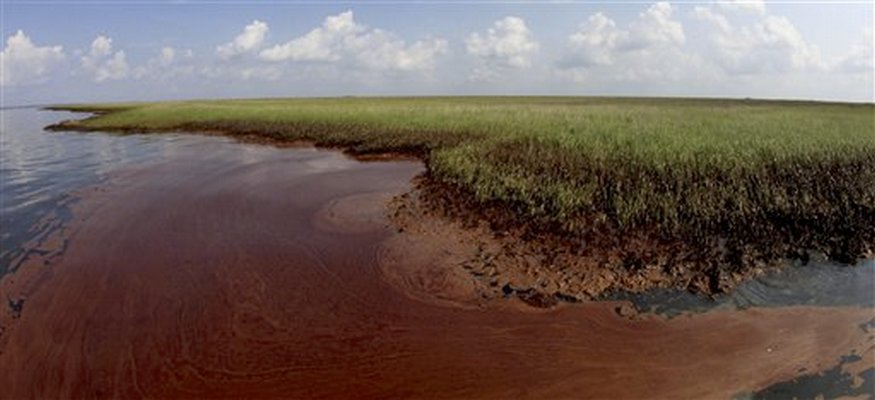
© Dept. Natural Resource Sciences, McGill University, MontrealThis is Lost Hammer Spring on Axel Heiberg Island, Nunavut Territory, Canada.
Axel Heiberg Island, Canada -- Researchers at McGill's department of natural resources, the National Research Council of Canada, the University of Toronto and the SETI Institute have discovered that methane-eating bacteria survive in a highly unique spring located on Axel Heiberg Island in Canada's extreme North.
Lyle Whyte, McGill University microbiologist explains that the Lost Hammer spring supports microbial life, that the spring is similar to possible past or present springs on Mars, and that therefore they too could support life.
The subzero water is so salty that it doesn't freeze despite the cold, and it has no consumable oxygen in it. There are, however, big bubbles of methane that come to the surface, which had provoked the researchers' curiosity as to whether the gas was being produced geologically or biologically and whether anything could survive in this extreme hypersaline subzero environment.
"We were surprised that we did not find methanogenic bacteria that produce methane at Lost Hammer," Whyte said, "but we did find other very unique anaerobic organisms - organisms that survive by essentially eating methane and probably breathing sulfate instead of oxygen."


Comment: See other article which reveal satellite images showing another oil leak in the Gulf.